Fashion Trends Through The Decades have dramatically shaped men’s style. At mens-fashion.net, we delve into these transformations, offering insights into iconic looks and the evolution of menswear. Discover how each era has left its mark on contemporary fashion, empowering you to refine your personal style. From vintage revivals to modern interpretations, find inspiration and expert guidance to navigate the ever-changing world of men’s fashion with confidence.
1. The Dawn of the 20th Century: 1900s – 1910s
1.1. 1900s: The S-Shape Silhouette and Sporting Influences
At the turn of the 20th century, men’s fashion began with a focus on formality and structure. Suits were the order of the day, characterized by tailored jackets, vests, and trousers, typically crafted from wool or tweed. The silhouette emphasized a strong, upright posture, reflecting the era’s societal values of respectability and status. According to the Fashion Institute of Technology (FIT), “The early 1900s set the stage for the modern man’s wardrobe, establishing the suit as a cornerstone of formal attire.”
The rise of sports influenced casual menswear, leading to the adoption of Norfolk jackets and plus fours for activities like golf and hunting. These garments provided greater freedom of movement, signaling a shift towards more relaxed and practical clothing options.
1.2. 1910s: Transition to Practicality and Military Influence
The 1910s saw a gradual move away from the rigid formality of the previous decade. The influence of World War I brought about significant changes in men’s fashion, emphasizing practicality and military-inspired styles. Military coats, trench coats, and simpler suit designs became popular. According to research published in The Journal of Military History, the war effort directly impacted civilian fashion, with military styles becoming increasingly mainstream.
Men’s workwear also evolved, focusing on durability and functionality. This era laid the foundation for modern utilitarian clothing, emphasizing clean lines and robust materials.
2. The Roaring Twenties and Thriving Thirties: 1920s – 1930s
2.1. 1920s: The Jazz Age and Relaxed Elegance
The 1920s ushered in an era of exuberance and relaxed elegance. Men’s fashion reflected this newfound freedom with looser-fitting suits, often made from lighter fabrics like tweed and flannel. The iconic silhouette of the decade featured wide-legged trousers, single-breasted jackets, and a more casual overall appearance. The influence of jazz music and the vibrant nightlife contributed to the popularity of bold patterns and colors.
Knickerbockers and argyle socks were favored for leisure activities, while fedoras and newsboy caps added a touch of sophistication. This decade marked a significant departure from the formality of earlier years, embracing comfort and individual expression.
2.2. 1930s: Hollywood Glamour and Sophisticated Silhouettes
The 1930s brought a sense of refinement and Hollywood glamour to men’s fashion. Suits remained central to the wardrobe, but the silhouette became more streamlined and sophisticated. Double-breasted jackets with wide lapels and high-waisted trousers created a flattering and elegant look.
The influence of Hollywood was undeniable, with stars like Cary Grant and Clark Gable setting the standard for style. Accessories such as pocket squares, tie clips, and polished dress shoes completed the polished look. Sportswear continued to evolve, with knitted sweaters and casual trousers becoming popular for leisure activities.
3. Wartime Practicality and Post-War Optimism: 1940s – 1950s
3.1. 1940s: Utility and Military Influence
The 1940s were heavily influenced by World War II, leading to practical and utilitarian men’s fashion. Suits were simplified due to material rationing, with narrower lapels and less fabric overall. Military-inspired clothing, such as bomber jackets and pea coats, became mainstream. According to the National WWII Museum, the war effort significantly impacted clothing production and design, prioritizing functionality and resource conservation.
Workwear remained durable and functional, with denim overalls and sturdy boots being common choices. Despite the constraints, men maintained a sense of style through careful tailoring and attention to detail.
3.2. 1950s: The Rise of Casual Wear and the “Ivy League” Look
The 1950s marked a significant shift towards casual wear and youthful styles. The “Ivy League” look gained popularity, characterized by chinos, button-down shirts, and sports jackets. This style emphasized a preppy, collegiate aesthetic, often paired with loafers or saddle shoes.
Alt: Men’s fashion in the 1950s, showcasing casual and Ivy League styles.
Denim jeans became increasingly popular among younger men, influenced by icons like James Dean and Marlon Brando. The greaser subculture also emerged, with leather jackets, t-shirts, and slicked-back hair becoming defining characteristics. According to Esquire magazine, the 1950s laid the groundwork for modern casual menswear, blurring the lines between workwear and leisure attire.
4. The Swinging Sixties and Disco Seventies: 1960s – 1970s
4.1. 1960s: Mod Style and Counterculture Influence
The 1960s were a time of cultural revolution, and men’s fashion reflected this with bold colors, slim silhouettes, and the rise of Mod style. Suits became more fitted, often featuring narrow lapels and shorter jackets. The influence of British music and fashion was undeniable, with bands like The Beatles and The Rolling Stones setting trends.
Alt: Men’s fashion in the 1960s, showcasing Mod style and bold colors.
The counterculture movement brought about the adoption of bohemian styles, with longer hair, bell-bottoms, and psychedelic patterns. Turtlenecks and Nehru jackets also gained popularity, adding to the eclectic mix of styles.
4.2. 1970s: The Disco Era and Individual Expression
The 1970s were defined by individual expression and diverse styles. The disco era brought about flamboyant fashions, with wide-legged trousers, platform shoes, and satin shirts. The influence of music icons like David Bowie and Elton John led to the adoption of glitter, sequins, and bold colors.
Alt: Men’s fashion in the 1970s, showcasing the disco era and individual expression.
The punk rock movement brought about a rebellious aesthetic, with ripped jeans, leather jackets, and safety pins. Sportswear continued to evolve, with tracksuits and athletic-inspired clothing becoming more mainstream. The 1970s were a time of experimentation and breaking boundaries in men’s fashion.
5. The Bold Eighties and Grunge Nineties: 1980s – 1990s
5.1. 1980s: Power Dressing and Extravagance
The 1980s were characterized by power dressing and extravagance. Men’s fashion embraced bold colors, oversized silhouettes, and statement accessories. The influence of television shows like “Miami Vice” led to the popularity of pastel suits, rolled-up sleeves, and boat shoes.
Alt: Men’s fashion in the 1980s, showcasing power dressing and extravagance.
Sportswear continued to gain traction, with tracksuits, bomber jackets, and sneakers becoming essential wardrobe items. The rise of hip-hop culture also influenced fashion, with oversized clothing, gold chains, and sneakers becoming popular.
5.2. 1990s: Grunge and Minimalism
The 1990s brought about a shift towards grunge and minimalism. Men’s fashion embraced casual and comfortable clothing, with oversized flannels, ripped jeans, and Doc Martens being common choices. The influence of grunge bands like Nirvana and Pearl Jam was undeniable.
Minimalism also gained popularity, with clean lines, neutral colors, and simple silhouettes dominating the runways. Brands like Calvin Klein and Jil Sander defined this aesthetic, emphasizing understated elegance. The 1990s were a reaction against the excess of the previous decade, embracing simplicity and authenticity.
6. The 2000s and Beyond: 21st-Century Menswear
6.1. 2000s: The Rise of Streetwear and Athleisure
The 2000s saw the rise of streetwear and athleisure. Men’s fashion embraced casual and comfortable clothing, with hoodies, sneakers, and track pants becoming essential wardrobe items. The influence of hip-hop culture and skateboarding was undeniable.
:max_bytes(150000):strip_icc()/070819-oc-style-embed-05-2000-1d1c2be65851475caa23257ac25fd8db.jpg)
Alt: Men’s fashion in the 2000s, showcasing streetwear and athleisure styles.
Designer collaborations with streetwear brands became increasingly popular, blurring the lines between high fashion and street style. Athleisure emerged as a dominant trend, with workout gear being worn as everyday clothing.
6.2. 2010s – Present: Eclecticism and Sustainability
The 2010s to the present have been characterized by eclecticism and a growing focus on sustainability. Men’s fashion embraces a wide range of styles, from tailored suits to streetwear-inspired looks. The influence of social media and fashion bloggers has been undeniable, with trends spreading quickly and globally.
Alt: Men’s fashion in the 2010s, showcasing eclecticism and contemporary styles.
Sustainability has become a key consideration, with brands and consumers alike seeking eco-friendly materials and ethical production practices. Vintage and second-hand clothing have also gained popularity, reflecting a desire to reduce waste and embrace individuality.
7. Key Elements of Menswear Through the Decades
To better understand the evolution of men’s fashion, consider these key elements that have defined each era:
| Decade | Silhouette | Key Garments | Materials | Influences |
|---|---|---|---|---|
| 1900s | Upright, tailored | Suits, Norfolk Jackets | Wool, Tweed | Sports, Formal Occasions |
| 1910s | Practical, Military-Inspired | Trench Coats, Workwear | Durable Fabrics | World War I |
| 1920s | Relaxed, Elegant | Looser Suits, Knickerbockers | Tweed, Flannel | Jazz Age, Nightlife |
| 1930s | Streamlined, Sophisticated | Double-Breasted Suits | High-Quality Fabrics | Hollywood, Refinement |
| 1940s | Utility, Simplified | Simplified Suits, Bomber Jackets | Rationed Materials | World War II, Practicality |
| 1950s | Casual, Preppy | Chinos, Sports Jackets | Cotton, Denim | Ivy League, Youth Culture |
| 1960s | Slim, Bold | Fitted Suits, Turtlenecks | Synthetics, Wool | British Music, Counterculture |
| 1970s | Diverse, Flamboyant | Wide-Legged Trousers, Satin Shirts | Polyester, Denim | Disco, Punk Rock |
| 1980s | Oversized, Extravagant | Pastel Suits, Tracksuits | Bold Fabrics | “Miami Vice”, Hip-Hop |
| 1990s | Grunge, Minimalist | Flannels, Ripped Jeans | Denim, Cotton | Grunge Bands, Minimalism |
| 2000s | Streetwear, Athleisure | Hoodies, Sneakers | Synthetic Blends | Hip-Hop, Skateboarding |
| 2010s-Present | Eclectic, Sustainable | Varied Styles | Eco-Friendly Materials | Social Media, Global Trends |
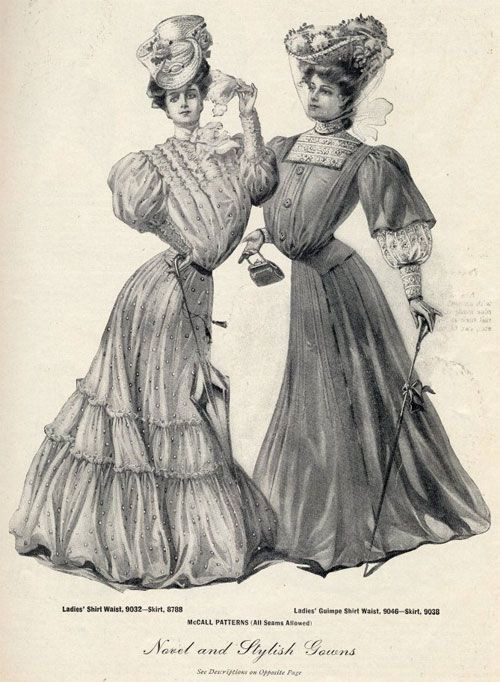
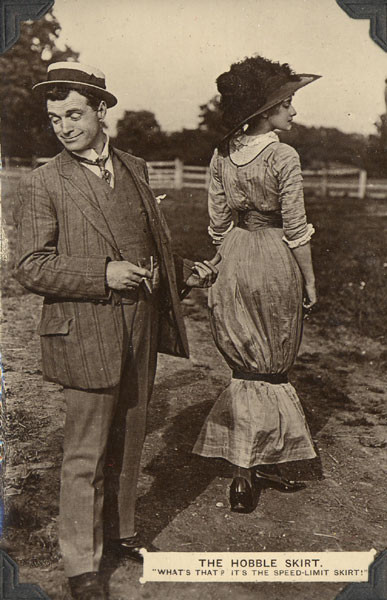
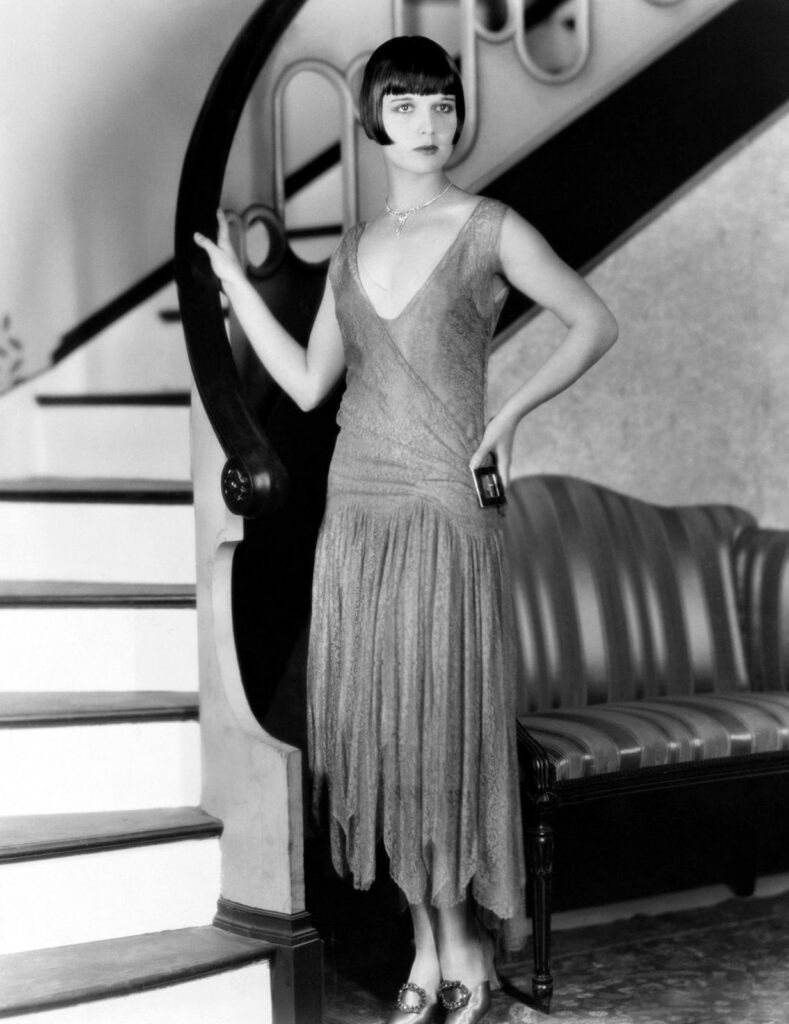
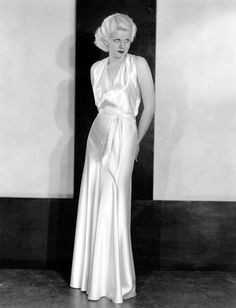
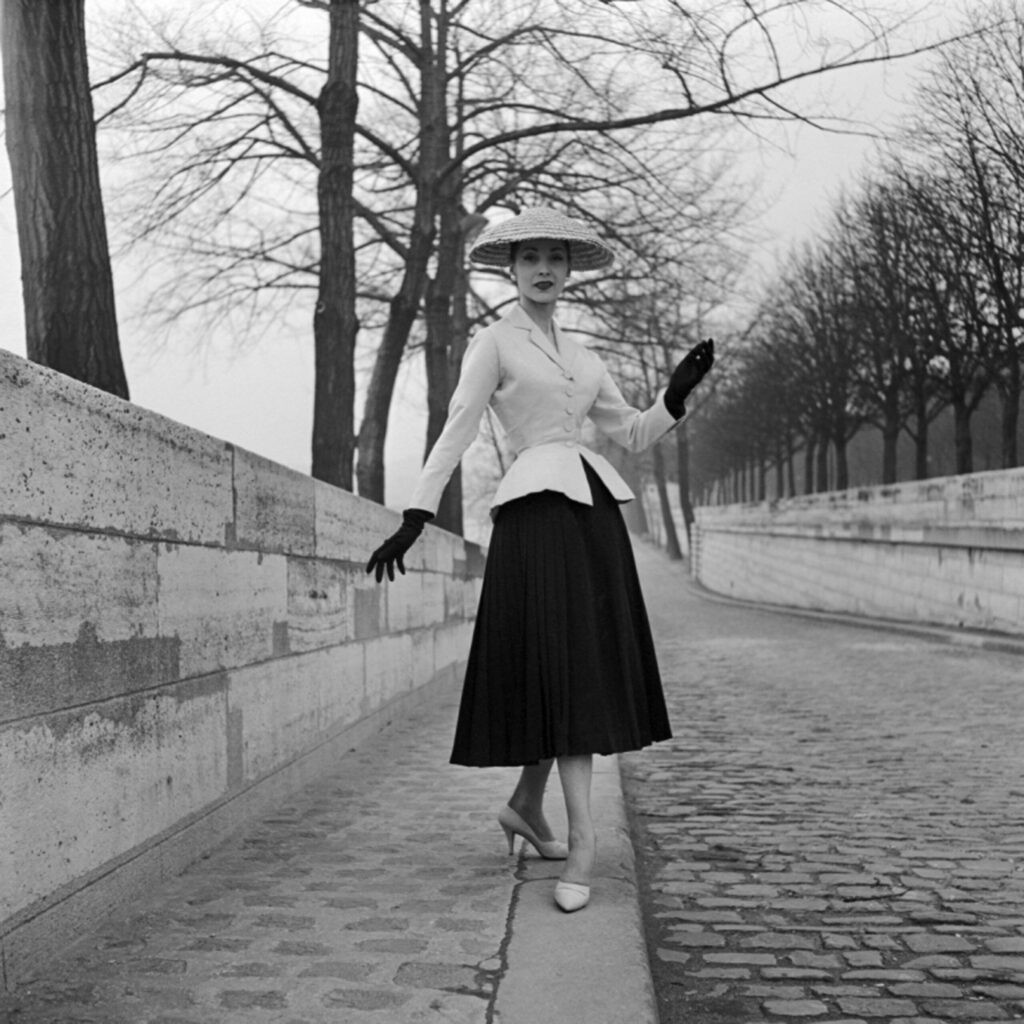
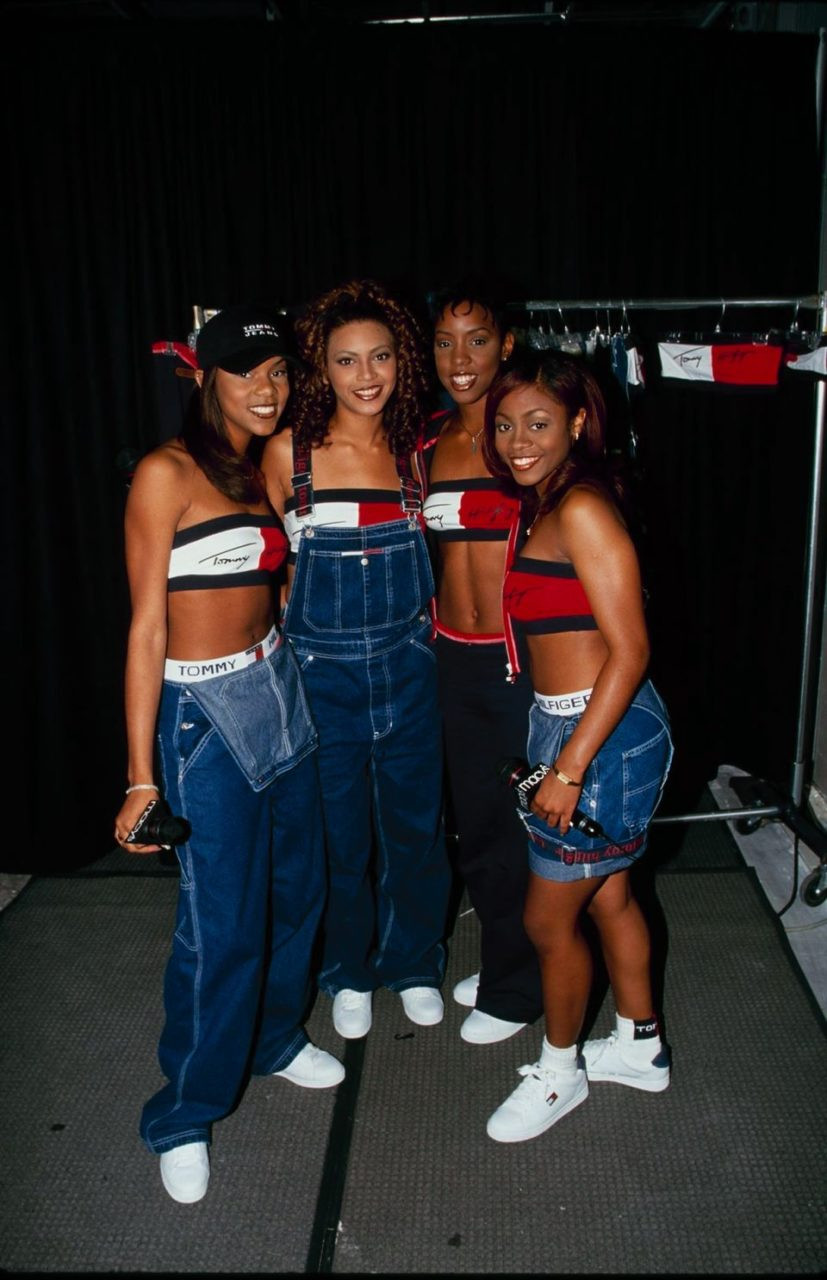
8. How to Incorporate Vintage Styles into Your Modern Wardrobe
Integrating vintage styles into your modern wardrobe can add character and individuality to your look. Here are some tips for doing it successfully:
- Start with Key Pieces: Choose one or two vintage items that you love and build your outfit around them. For example, a vintage leather jacket or a pair of high-waisted trousers can be a great starting point.
- Mix and Match: Combine vintage pieces with modern items to create a balanced look. A vintage blazer can look great with a modern t-shirt and jeans, for instance.
- Pay Attention to Fit: Ensure that your vintage items fit well. Tailoring can make a big difference in how a vintage garment looks on you.
- Accessorize Wisely: Use accessories to complement your vintage pieces. A vintage watch or a pair of retro sunglasses can add a touch of authenticity to your outfit.
- Consider the Era: Choose vintage styles that resonate with your personal taste and lifestyle. Whether it’s the elegance of the 1930s or the boldness of the 1980s, find an era that inspires you.
9. The Influence of Subcultures on Fashion Trends
Subcultures have played a significant role in shaping fashion trends throughout history. From the greasers of the 1950s to the punks of the 1970s and the grunge enthusiasts of the 1990s, these movements have influenced mainstream fashion in profound ways.
| Subculture | Era | Defining Style | Key Elements |
|---|---|---|---|
| Greasers | 1950s | Leather jackets, t-shirts, slicked-back hair | Rebellion, Youth Culture |
| Mods | 1960s | Slim-fitting suits, bold colors, Chelsea boots | British Music, Modernism |
| Punks | 1970s | Ripped jeans, leather jackets, safety pins | Anti-establishment, Rebellion |
| Disco | 1970s | Wide-legged trousers, platform shoes, satin shirts | Nightlife, Flamboyance |
| Hip-Hop | 1980s | Oversized clothing, gold chains, sneakers | Urban Culture, Music |
| Grunge | 1990s | Oversized flannels, ripped jeans, Doc Martens | Anti-fashion, Comfort |
| Streetwear | 2000s | Hoodies, sneakers, track pants | Urban Culture, Designer Collaborations |
| Athleisure | 2010s | Workout gear worn as everyday clothing | Comfort, Functionality |
10. Expert Tips for Staying Fashion-Forward
Staying fashion-forward involves more than just following trends; it requires understanding your personal style and knowing how to adapt trends to suit your individual preferences. Here are some expert tips to help you stay stylish:
- Follow Fashion Influencers: Keep an eye on fashion bloggers, stylists, and celebrities who inspire you. Social media platforms like Instagram and Pinterest can be great sources of inspiration.
- Read Fashion Magazines: Stay informed about the latest trends by reading fashion magazines like GQ, Esquire, and Vogue. These publications often provide in-depth analysis of current trends and styling tips.
- Attend Fashion Events: If possible, attend fashion shows, trade shows, and style workshops. These events can provide valuable insights into upcoming trends and styling techniques.
- Experiment with New Styles: Don’t be afraid to try new things. Experiment with different colors, patterns, and silhouettes to find what works best for you.
- Invest in Quality Basics: Build a wardrobe of high-quality basics that can be mixed and matched with trendier items. Classic pieces like a well-fitting suit, a crisp white shirt, and a pair of versatile jeans will always be in style.
- Know Your Body Type: Understand your body shape and choose clothing that flatters your figure. A well-fitted garment can make a big difference in how you look and feel.
- Stay True to Yourself: Ultimately, the most important thing is to stay true to your personal style. Don’t feel pressured to follow every trend; instead, choose styles that reflect your personality and make you feel confident.
11. Fashion and Social Media: A Modern Influence
11.1 The Rise of Fashion Influencers
Fashion influencers have reshaped how we perceive and adopt fashion. These individuals curate styles and showcase them to their followers, often setting trends and providing inspiration.
11.2 Social Media Platforms
Platforms like Instagram, Pinterest, and TikTok have become vital for discovering new styles and trends. They offer visual content that is easily accessible and shareable.
11.3 Fast Fashion and Micro-Trends
Social media accelerates the spread of micro-trends and promotes fast fashion, influencing consumer behavior and the fashion industry’s pace.
12. Sustainable Fashion: A Growing Concern
12.1 Environmental Impact of Fashion
The fashion industry is a significant contributor to environmental pollution. Sustainable practices aim to reduce this impact through eco-friendly materials and ethical production.
12.2 Eco-Friendly Materials
Innovative materials such as organic cotton, recycled fabrics, and plant-based dyes are becoming increasingly popular in sustainable fashion.
12.3 Ethical Production and Fair Trade
Ethical production ensures fair wages and safe working conditions for garment workers. Fair trade practices support these efforts and promote social responsibility within the fashion industry.
13. How to Build a Timeless Capsule Wardrobe
13.1 Essential Items
A timeless capsule wardrobe consists of versatile, high-quality pieces that can be mixed and matched. Essential items include a well-fitted blazer, a classic white shirt, tailored trousers, and a neutral-colored coat.
13.2 Color Palette
Choose a neutral color palette such as black, navy, gray, and beige. These colors are timeless and can be easily paired with other shades.
13.3 Quality over Quantity
Invest in high-quality items that will last for years. Focus on fabrics like wool, cotton, and leather, which are durable and timeless.
13.4 Versatility and Adaptability
Ensure that each item can be worn in multiple ways and adapted to different occasions. This will maximize the versatility of your wardrobe and ensure that you always have something to wear.
14. The Art of Accessorizing
14.1 Essential Accessories
Accessories can elevate any outfit. Essential accessories include a stylish watch, a classic leather belt, a versatile scarf, and a pair of high-quality shoes.
14.2 Statement Pieces
Add statement pieces that reflect your personal style. This could be a bold tie, a unique pair of cufflinks, or a distinctive hat.
14.3 Coordinating Colors and Textures
Coordinate colors and textures to create a cohesive look. Match your belt to your shoes, and choose accessories that complement your outfit’s color palette.
14.4 Seasonal Accessories
Adapt your accessories to the season. Wear warm scarves and gloves in the winter, and lightweight hats and sunglasses in the summer.
15. The Role of Technology in Modern Fashion
15.1 E-Commerce and Online Shopping
E-commerce has revolutionized the way we shop for fashion. Online stores offer a vast selection of clothing and accessories, making it easier than ever to find the perfect items.
15.2 Virtual Reality and Augmented Reality
Virtual reality (VR) and augmented reality (AR) technologies are transforming the shopping experience. VR allows you to try on clothes virtually, while AR provides personalized styling recommendations.
15.3 3D Printing and Wearable Technology
3D printing is enabling designers to create innovative and customized clothing. Wearable technology, such as smartwatches and fitness trackers, is integrating fashion with functionality.
16. Exploring Men’s Fashion Capitals
16.1 New York City
New York City is a global fashion capital known for its innovative designs and diverse street style.
16.2 Paris
Paris is synonymous with high fashion and luxury brands, setting trends for the rest of the world.
16.3 Milan
Milan is renowned for its sophisticated tailoring and elegant menswear, showcasing Italian craftsmanship.
16.4 London
London is celebrated for its avant-garde designs and cutting-edge fashion, pushing boundaries and inspiring new trends.
17. The Future of Men’s Fashion
17.1 Customization and Personalization
The future of men’s fashion will focus on customization and personalization. Consumers will have the ability to design their own clothing and accessories, creating unique and individual styles.
17.2 Sustainable Practices
Sustainability will continue to be a driving force in the fashion industry. Brands will adopt eco-friendly materials and ethical production practices to reduce their environmental impact.
17.3 Inclusive Design
Inclusive design will ensure that fashion is accessible to everyone, regardless of age, gender, or ability. Designers will create clothing that is comfortable, functional, and stylish for all.
18. Mens-fashion.net: Your Ultimate Fashion Resource
At mens-fashion.net, we’re dedicated to providing you with the latest trends, expert advice, and styling tips to help you elevate your personal style. Whether you’re looking for inspiration or practical guidance, our comprehensive resources have got you covered.
19. Mens Fashion Net Style Guides
We offer many different style guides that focus on different styles for you to explore such as street style, luxury style, vintage style.
19.1 Street Style
Street style is a huge part of current modern trends. Our street style guide will teach you on how to dress on the streets.
19.2 Luxury Style
Explore how to dress in a luxury style, from clothing to accessories, we have everything you need.
19.3 Vintage Style
Vintage style has been a resurging trend these past few years, so we created a guide on how to dress in vintage style.
20. Frequently Asked Questions (FAQs)
20.1. How has men’s fashion changed over the decades?
Men’s fashion has evolved from formal and structured styles in the early 20th century to more casual and diverse trends in the 21st century, influenced by cultural shifts, technological advancements, and individual expression.
20.2. What were some of the most iconic fashion trends of the 1950s?
Iconic trends of the 1950s included the “Ivy League” look, denim jeans popularized by youth icons, and the emergence of the greaser subculture with leather jackets and slicked-back hair.
20.3. How did the 1980s influence men’s fashion?
The 1980s brought power dressing and extravagance, with bold colors, oversized silhouettes, and statement accessories dominating the scene. Television shows like “Miami Vice” and the rise of hip-hop culture significantly impacted fashion trends.
20.4. What is the “grunge” style of the 1990s?
The “grunge” style of the 1990s embraced casual and comfortable clothing, with oversized flannels, ripped jeans, and Doc Martens being common choices. This style was heavily influenced by grunge bands like Nirvana and Pearl Jam.
20.5. How has social media influenced modern men’s fashion?
Social media has revolutionized fashion by giving a voice to fashion influencers that can influence how people dress. Instagram, Pinterest, and TikTok have also reshaped micro trends as well.
20.6. What is sustainable fashion, and why is it important?
Sustainable fashion focuses on eco-friendly materials and ethical production practices to reduce the environmental impact of the fashion industry. It is important because it promotes responsible consumption and protects the planet.
20.7. How can I incorporate vintage styles into my modern wardrobe?
Start with key vintage pieces, mix them with modern items, ensure a good fit through tailoring, accessorize wisely, and choose vintage styles that resonate with your personal taste.
20.8. What are the essential items for a timeless capsule wardrobe?
Essential items include a well-fitted blazer, a classic white shirt, tailored trousers, and a neutral-colored coat. Choose high-quality materials and versatile pieces that can be mixed and matched.
20.9. How can I stay fashion-forward?
Follow fashion influencers, read fashion magazines, attend fashion events, experiment with new styles, invest in quality basics, know your body type, and stay true to your personal style.
20.10. What is the role of technology in modern fashion?
Technology is transforming fashion through e-commerce, virtual and augmented reality, 3D printing, and wearable technology, enhancing the shopping experience and enabling innovative designs.
Ready to elevate your style game? Explore mens-fashion.net for the latest trends, styling tips, and expert advice tailored to the modern man. Don’t miss out on the opportunity to refine your wardrobe and express your unique personality. Visit our website today and discover the endless possibilities of men’s fashion! Address: 227 W 27th St, New York, NY 10001, United States. Phone: +1 (212) 217-5800.